Eltako FWWKW71L Manual
Eltako
Ikke kategoriseret
FWWKW71L
| Mærke: | Eltako |
| Kategori: | Ikke kategoriseret |
| Model: | FWWKW71L |
Har du brug for hjælp?
Hvis du har brug for hjælp til Eltako FWWKW71L stil et spørgsmål nedenfor, og andre brugere vil svare dig
Ikke kategoriseret Eltako Manualer
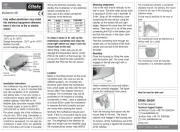
31 August 2024

30 August 2024
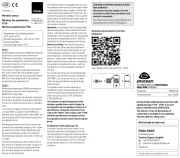
30 August 2024
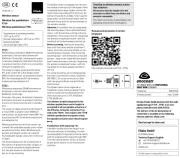
30 August 2024
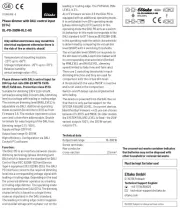
30 August 2024

30 August 2024

30 August 2024

30 August 2024
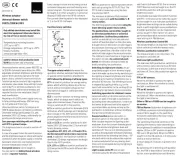
30 August 2024
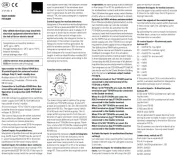
30 August 2024
Ikke kategoriseret Manualer
- Mircom
- Chief
- Blackhawk
- Veritas
- Globo
- The T.mix
- Doyon
- Lanzar
- XM
- Viltrox
- Spacedec
- Sigma
- Hive
- McGregor
- Termozeta
Nyeste Ikke kategoriseret Manualer

21 November 2025

21 November 2025

21 November 2025

21 November 2025

21 November 2025

21 November 2025

21 November 2025

21 November 2025

21 November 2025

21 November 2025
